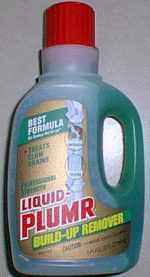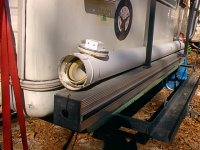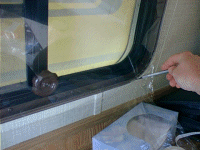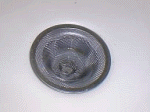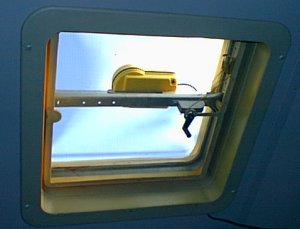 Keeping Hubcaps On:
Keeping Hubcaps On:John writes:
A. Materials:
a. Heavy duty zip ties 24” long, 2 per wheel
b. Gorilla mounting tape super-stick
c. Brake cleaning fluid (aerosol)
d. Paper toweling
e. Rubber headed hammer for remounting hubcap
f. Vice grips to hold zip tie firmly once in place
g. Scissors to cut zip tie excess once in place of wheel and hubcap where they will act as a fixed mounting point. Should be as close to directly opposite of each other as possible.
B. METHOD
1. With hubcap disengaged (off)
2. Select two points on rim and wheel where cap will engage the wheel rim opposite each other.
3. Clean the wheel and cap rims of grease and brake dust AT those selected contact points.
4. Cut off about 3” of double stick mounting tape and apply tack side to clean space on wheel rim, running in a 3” line of tape from outer rim toward inner rim.
NEXT
5. Run one heavy duty zip tie through vent hole in hubcap into the wheel vent hole opposite, pulling zip through and around the inside wheel vent hole and out the other side until you can zip the tie through its slot fastening component, just enough to hold it in place. DO NOT TIGHTEN IT YET!
NEXT
6. Re-mount the hubcap as usual.
7. NOW tighten the Zip ties as firmly as possible and cut off the excess tails.
This should hold hubs on “permanently” (or until you need to cut the zips and pry the hub ).







